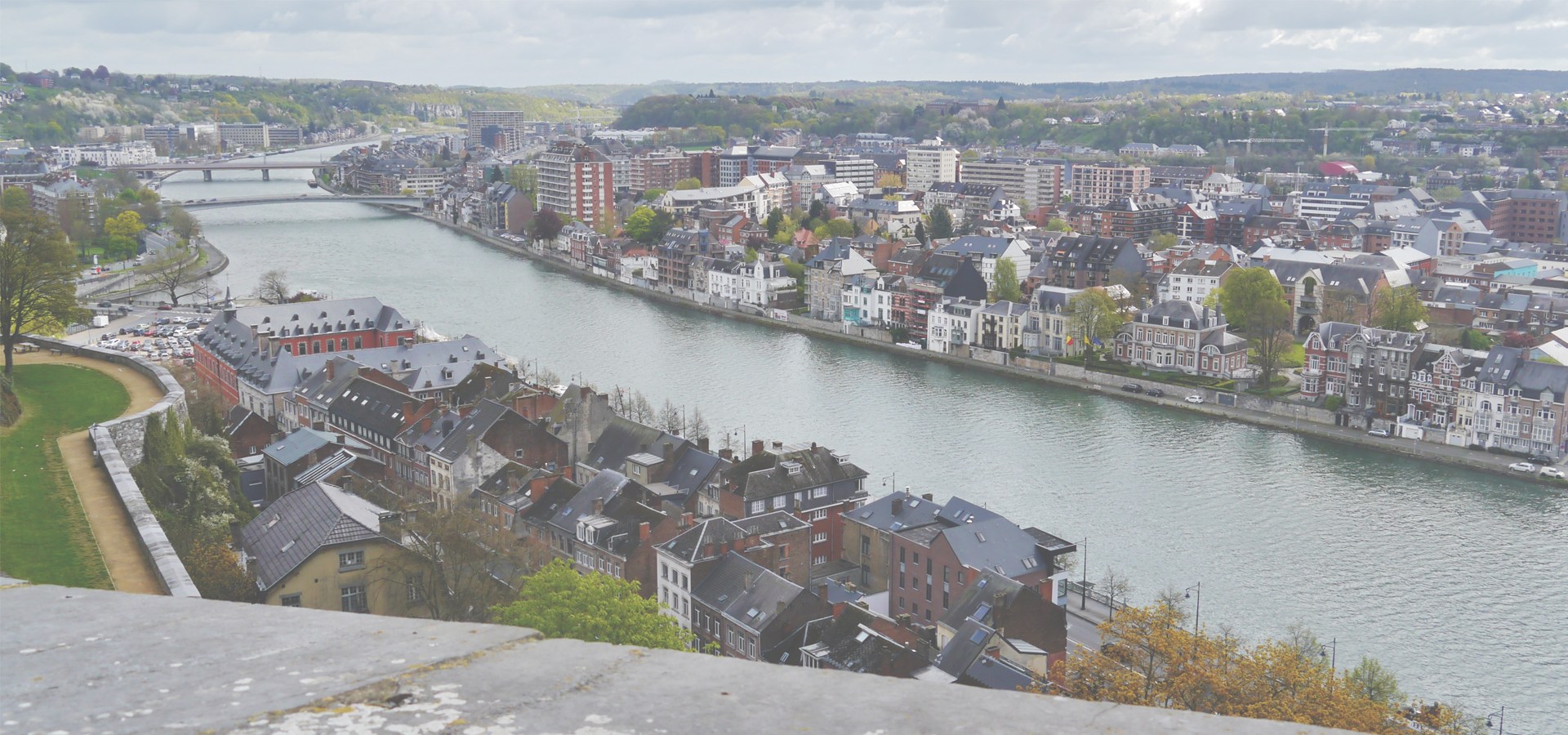Philippeville, Province of Namur, Wallonia, Belgium
🇧🇪 Philippeville is a city and municipality of Wallonia located in the province of Namur, Belgium. The Philippeville municipality includes the former municipalities of Fagnolle, Franchimont, Jamagne, Jamiolle, Merlemont, Neuville, Omezée, Roly, Romedenne, Samart, Sart-en-Fagne, Sautour, Surice, Villers-en-Fagne, Villers-le-Gambon, and Vodecée.
History At the beginning of the 16th century, the Philippeville region was on the boundary between Charles V’s Burgundian Netherlands and Francis I’s France. Fighting around Philippeville did not start, however, until 1554, after Henry II had succeeded his father on the throne. This area was ideal for an attack as it was covered with forests, sparsely populated and divided among the County of Hainaut, that of Namur, by now part of Burgundy, and the Prince-Bishopric of Liège. The medieval forts in the area were taken and pillaged one after the other. The fortress of Mariembourg, close to Couvin, and the town of Givet soon fell to the French. In 1555, Charles V's new commander, William the Silent, established a new fort in the village of Echerennes, a village known since the 9th century. He garrisoned his troops there as soon as the fort was completed, barely four months after the start of construction.
In 1556, Charles V named his new fortress Philippeville in honour of his son, Philip II of Spain, who would succeed him in the Netherlands – and on the city – the following year.
From 1557 In 1659, the Treaty of the Pyrenees stopped the Franco-Spanish War (1635–59) and most frontier cities became French, until Napoleon’s defeat at Waterloo. Philippeville itself was one of the final French fortresses to surrender following Waterloo in 1815. There was then a brief Dutch interlude until the Belgian Revolution in 1830.
A treaty drafted in London on 15 November 1831, which the Netherlands refused to sign, was followed by the Treaty of London (1839), which created the Kingdom of Belgium. Part of the terms of the treaty required the Philippeville's fortifications, along with those of Menin, Ath, Mons and Mariembourg, to be dismantled. Philippeville's defensive walls were dismantled in 1856 under the reign of King Leopold I, in accordance with the terms of the treaty, having been declared superfluous on account of Belgium's enforced neutrality, and have been replaced by the wide boulevards that circle the city today.
Sights • Ten km of underground passages dating from the foundation of the city can still be explored under Philippeville. Some sections are open to tourists.
Namur, Wallonia

Philippeville has a population of over 9,228 people. Philippeville also forms the centre of the wider Philippeville Arrondissement which has a population of over 66,409 people. It is also a part of the larger Namur Province.
To set up a UBI Lab for Philippeville see: https://www.ubilabnetwork.org Twitter: https://twitter.com/UBILabNetwork
Twin Towns, Sister Cities Philippeville has links with:
🇫🇷 Saulieu, France🇨🇿 Hradec Králové 50.2
🇩🇪 Bad Kissingen 50.2
🇩🇪 Gelnhausen 50.2
🇧🇪 Marche-en-Famenne 50.217
🇩🇪 Bad Homburg vor der Höhe 50.217
🇵🇱 Dąbrowa Tarnowska 50.167
🇩🇪 Bad Vilbel 50.167
🇳🇱 Capelle aan den IJssel 4.583
🇧🇪 Flemish Brabant 4.591
🇳🇱 Lansingerland 4.5
🇳🇱 Zoetermeer 4.493
🇧🇪 Woluwe-Saint-Pierre 4.467
🇳🇱 Roosendaal 4.45
🇫🇷 Le Creusot 4.441
Locations Near: Philippeville 4.55,50.2
🇧🇪 Charleroi 4.433,50.4 d: 23.7
🇧🇪 La Louvière 4.235,50.494 d: 39.5
🇧🇪 Nivelles 4.317,50.583 d: 45.7
🇫🇷 Charleville-Mézières 4.716,49.772 d: 49.1
🇫🇷 Maubeuge 3.973,50.279 d: 42
🇧🇪 Soignies 4.067,50.567 d: 53.3
🇫🇷 Avesnes-sur-Helpe 3.927,50.124 d: 45.2
Antipodal to: Philippeville -175.45,-50.2
🇹🇴 Nuku'alofa -175.216,-21.136 d: 16783.3
🇦🇸 Pago Pago -170.701,-14.279 d: 15997.8
🇼🇸 Apia -171.76,-13.833 d: 15957.4
🇵🇫 Papeete -149.566,-17.537 d: 15713.9
🇺🇸 Hilo -155.089,19.725 d: 11986.2
🇺🇸 Maui -156.446,20.72 d: 11910.4
🇺🇸 Maui County -156.617,20.868 d: 11898.2
🇺🇸 Wailuku -156.505,20.894 d: 11892.9